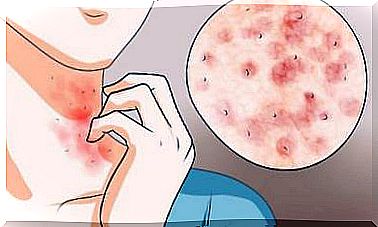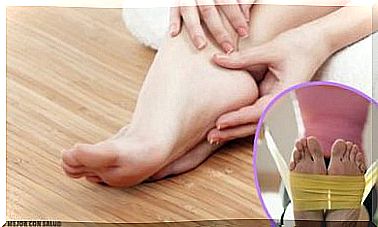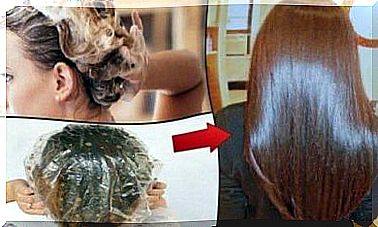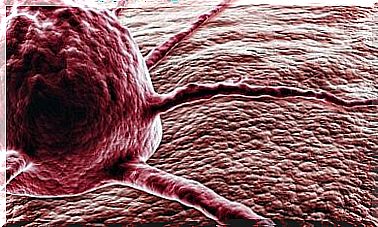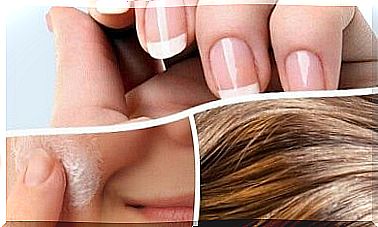Treatment Of Tourette’s Syndrome
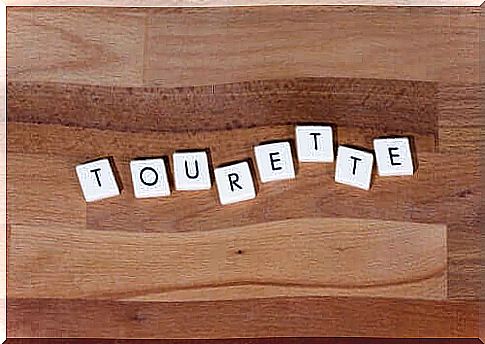
Gilles de la Tourette syndrome is not a common problem, as this neurological disorder affects 1 in 100 people (Spanish link). It is characterized by the appearance of tics (compulsive involuntary disorders) that evolve into repetitive movements or unwanted sounds.
This disease has a major impact on the lives of those who suffer from it, both socially and at work. Unfortunately, there is currently no cure. However, there are several approaches that can improve the situation. We explain them in the paragraphs below.
What is Tourette’s Syndrome?

Gilles de la Tourette’s syndrome, as we have just mentioned, consists in the appearance of involuntary movements or sounds that are uncontrollable. In most cases, this pathology begins to manifest itself in childhood or adolescence, before the age of 15.
The cause of this condition is unknown, but experts believe that both genetic and environmental factors play a role. It is even more common in people with a family history, as it is more common in men than women.
The tics are movements or sudden and short sounds and they fall into two categories (Spanish link): simple or complex. The first are those involving small muscle groups, such as blinking. On the other hand, complex tics involve more muscle groups.
Many people identify Tourette’s syndrome as the pathology that causes swearing or insults at inappropriate and uncontrolled moments. However, the manifestations can vary widely and do not necessarily include this symptom.
The medical treatment of Gilles de la Tourette’s syndrome
Many people do not need treatment for this pathology. This is because in some cases the symptoms are mild and do not affect daily life. However, people with this syndrome can also be incapacitated for work, so there are different forms to relieve the tics. One is through drugs.
A review article published in the National Institute of Neurological Disorders and Stroke (Spanish link) states that certain neurotransmitters, such as dopamine, are involved in the development of this pathology. The medical treatment of Tourette’s syndrome therefore includes drugs that block or reduce dopamine.
For example, doctors prescribe haloperidol and risperidone. On the one hand, these drugs seem to help reduce tics. However, they pose a high risk of secondary effects, such as weight gain.
Another option is to inject botox into the muscle that generates the tic. Research is currently also being conducted (Spanish link) into the use of anti-epilepsy drugs, such as topiramate.
At the same time, it is important to emphasize that Tourette’s syndrome usually coexists with other pathologies. Some of these are:
- fear
- depression
- obsessive-compulsive disorder
Doctors therefore often prescribe antidepressants and anti-anxiety drugs to relieve these symptoms.
Behavioral therapy as a treatment for Tourette’s syndrome
Behavioral therapy is a form of psychological therapy that attempts to re-educate patients to learn to control their tics. The idea is that when patients recognize the signs that appear before the involuntary gestures, they can produce a different response that opposes them.
This type of therapy consists of several strategies. While it is certain to help reduce the number and severity of tics, it is not a definitive cure for Tourette’s. Moreover, it is not effective for all people.
Habit Reversal

One of the techniques within behavioral therapy is the reversal of habits. According to a study published by the University of Miguel Hernández (Spanish link), it has the potential to effectively treat Tourette’s syndrome without the need for drugs.
This method consists of several stages and involves a greater awareness of tics to identify them. From there, individuals learn to produce a response that is incompatible with the tic.
For example, let’s say the tic consists of touching their head with the hands. The first step would then be to become aware of this movement and when it is going to happen. The new behavior would then be to place the hands elsewhere, such as on the knees, to avoid the gesture.
Holistic interventions for tics
Another type of behavioral therapy for the treatment of Tourette’s syndrome is holistic interventions. In this case, these include:
- reversing habits
- relaxation
- information about one’s own tics
Thus, the symptoms of the condition can be reduced.
This kind of strategy (Spanish link) not only focuses on patients, but also involves other people in their environment to drive improvement. For example, if it is a school-age boy, the boy’s teachers will also be involved in the treatment.
What to Remember About the Treatment of Tourette’s Syndrome
The treatment of Tourette’s syndrome is complex and the disease has a major impact on those who suffer from it. Although there is no cure for this pathology, several strategies exist to improve the symptoms.
Behavioral therapy is a promising front for improving the quality of life of these people without the need for drugs. It is very important to emphasize that when it comes to coping with the pathology, psychological support is essential.
